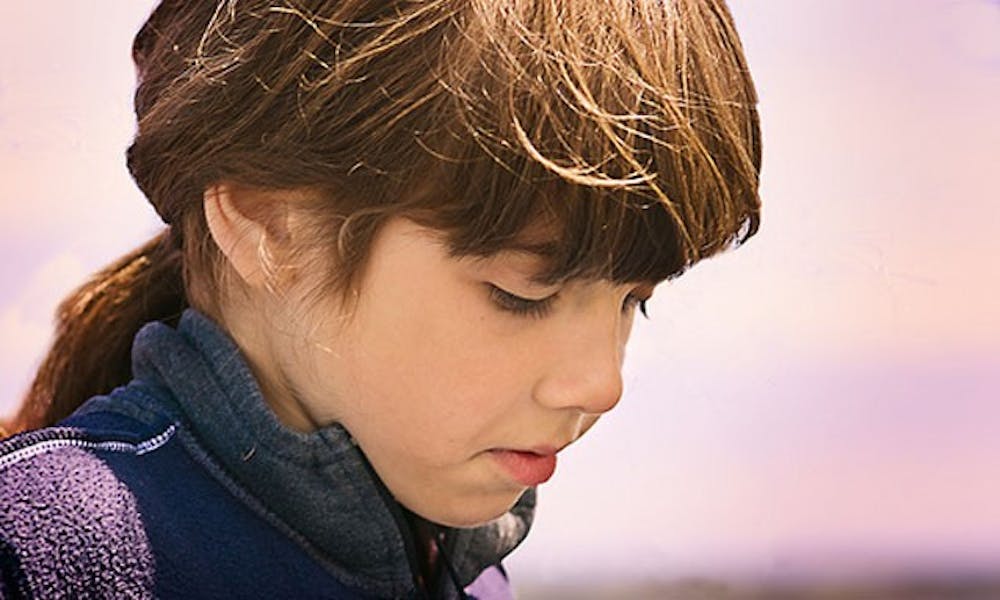Forget Pepto-Bismol. Children can now imagine going down an incredibly long slide or sitting on a cloud or a floating blanket to reduce abdominal pain.
A team of Duke and University of North Carolina at Chapel Hill researchers, led by Miranda van Tilburg, assistant professor of medicine at UNC, has created a guided imagery CD that targets children with chronic abdominal pain for which there is no identifiable medical cure. This treatment can be done in the privacy of the child’s own home.
“The CDs contain basically a story that children are asked to imagine,” van Tilburg said.
The children use the imagery to reduce their pain. One method involves the children imagining a special object in their hands that they melt and then put on their belly, she added.
“Using their imaginations gets them to experience their pain in a different way. It gets them to push away the pain, changing their perception of what is occurring inside of them,” said Olafur Palsson, co-investigator of the study and associate professor of medicine at UNC.
A group of 34 children were involved in the study and randomly split into two groups. One group received standard medical care for its pain, while the other group received standard medical care as well as the guided audio imagery treatment. During an eight-week period, children receiving the imagery treatment engaged in four 20-minute sessions of imagery a week and five additional 10-minute sessions, Palsson said.
Van Tilburg said the idea of the take-home CD and self-management program for children developed because there are many limiting factors involved in treating children who experience abdominal pain.
Because North Carolina is not densely populated, children come from all parts of the state for treatment, making it difficult to seek regular clinical treatment, van Tilburg added. She also noted that there are few therapists who know how to treat this pain.
Both van Tilburg and Palsson said the children enjoyed listening to the CD and complied—followed the treatment schedule—very well.
According to their study, published in the Official Journal of the American Academy of Pediatrics Oct. 12, the compliance rate was 98.5 percent.
Also according to the study, 63.1 percent of children in the guided imagery treatment group showed at least some signs of improvement. After the initial two-month period, those children receiving only standard medical care were given the option of receiving the guided imagery treatment as well. Of those children, 61.5 percent showed improvement.
“We found that kids who did receive the imagery and standard medical care were three times as likely to have reduced abdominal pain by at least 50 percent,” Palsson said.
Further, van Tilburg added that 30 percent of the children were completely pain-free after the two-month period and that after a six-month period, two-thirds of the kids still remained at their previous levels, indicating long-term effectiveness of the treatment.
Hannah Benny, age 10, participated in the treatment when she was seven. Hannah’s mother, Sheila Benny, said her daughter would experience severe stomach pains three to four times a day, but the treatment reduced the frequency and severity of episodes.
“After the hypnotherapy experience, Hannah was able to participate more fully in regular family, social and school activities,” Sheila said. “This reduction in intensity of pain and frequency of pain ‘attacks’ lasted for the nine months.”
Although the treatment is done routinely, even when the children are pain-free, Palsson said the audio guide blends in suggestions of how to deal with future pain.
“Having seen the images so intensely in the mind makes it work even later when they are actually experiencing the pain,” he said.
Get The Chronicle straight to your inbox
Signup for our weekly newsletter. Cancel at any time.

